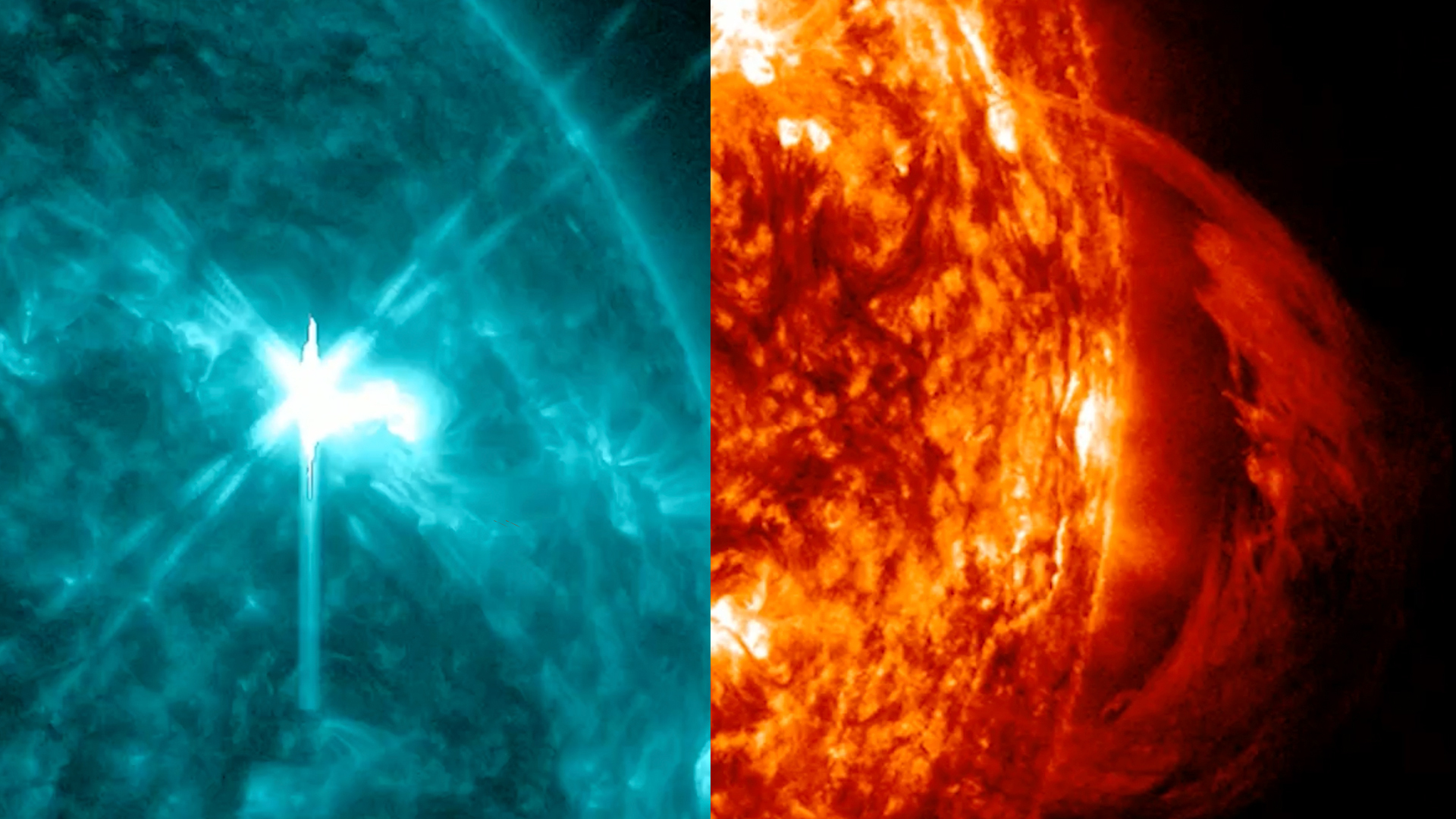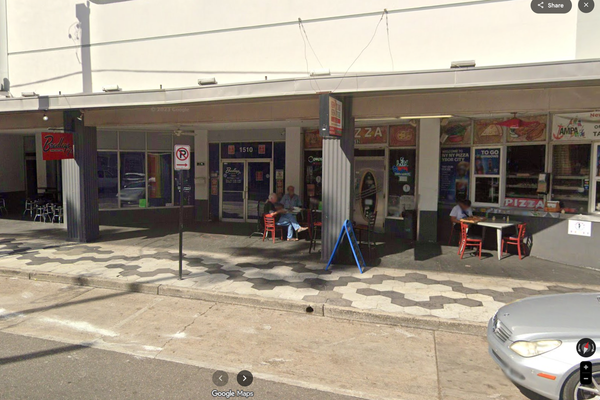
Sunspot region 4114 has unleashed its most powerful solar flare yet — an X1.9 class that erupted late June 19, triggering shortwave radio blackouts across the Pacific Ocean, including parts of Hawaii.
The solar flare peaked at 9:50 p.m. EDT on June 19 (0150 a.m. GMT June 20) according to Space Weather Live. While this event delivered a strong burst of electromagnetic radiation, it did not launch a coronal mass ejection (CME), meaning aurora hunters will be disappointed — at least for now.
Intense enough to ionize Earth's upper atmosphere, the eruption caused a shortwave radio blackout centered over the Pacific Ocean. Ham radio operators — especially those in Hawaii — may have noticed a sudden loss of signal on frequencies below 25 MHz shortly after the flare erupted, according to spaceweather.com. The flare also appears to have destabilized a large magnetic filament located in the sun's southern hemisphere.

Short wave radio blackouts are common during intense solar activity, and occur when solar flares release X-rays and extreme ultraviolet radiation into space.
Traveling at the speed of light, this radiation reaches Earth almost instantly, ionizing the upper atmosphere. The increased ionization alters atmospheric density, impacting high-frequency shortwave radio signals used for long-distance communication. As these signals pass through the charged atmospheric layers, energy loss from collisions with electrons can weaken or even fully absorb transmissions, leading to radio blackouts.
X-class flares are the most energetic class of solar flares, with each step up in number representing a tenfold increase in power. At X1.9, this flare ranks among the stronger eruptions of the current solar cycle, and it's further evidence that sunspot region 4114 is a highly active and magnetically complex zone worth watching. Just a few days ago, the same sunspot region erupted with another X-class solar flare, measuring X1.2. The prolific flare factory doesn't look like stopping anytime soon.
If future flares do launch CMEs toward Earth, they could trigger geomagnetic storms and even auroras. Stay up to date with the latest space weather news and forecasts on our aurora forecast live blog and NOAA's 3-day geomagnetic outlook.







